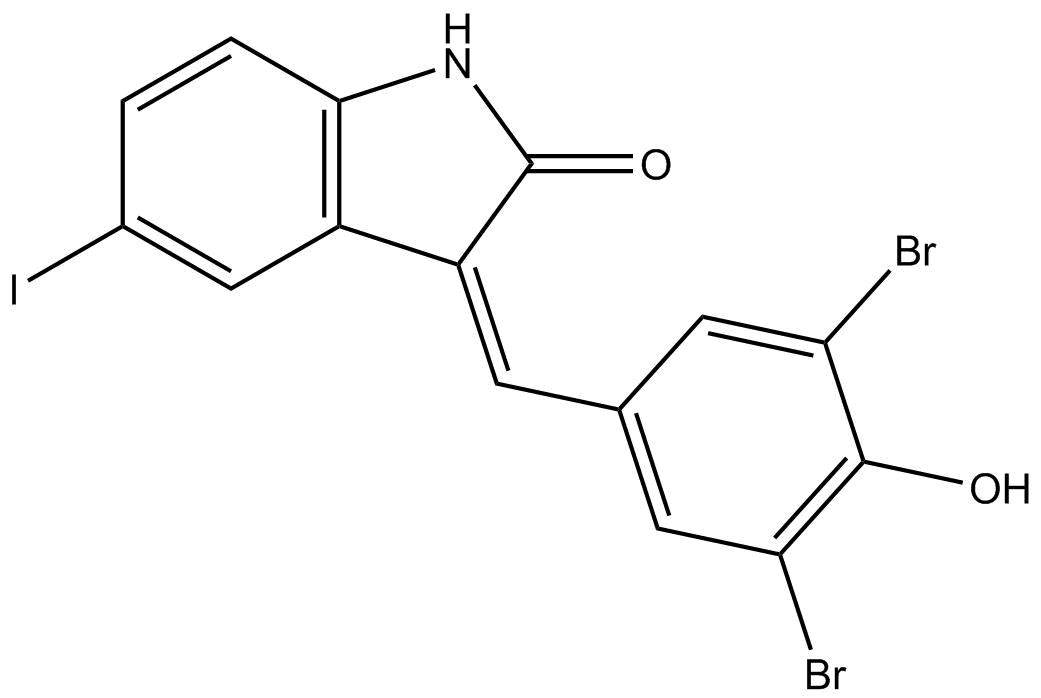Archives
Several ongoing clinical trials are evaluating the feasibili
Several ongoing clinical trials are evaluating the feasibility of combining chemotherapeutic nanomedicines with radiotherapy or small molecule drugs (such as gemcitabine). Pegylated liposomal doxorubicin has shown improved therapeutic efficacy when combined with radiotherapy in several animal studies and clinical trials. A Phase I trial of poly(-glutamic acid)-bound paclitaxel (Xyotax) and fractionated radiotherapy reported four complete and seven partial responses (with reductions in tumor volume of >50%) in 12 patients with advanced esophageal and gastric cancers (). An ongoing Phase 1b/2 investigator-initiated trial of CRLX101 combines CRLX101, capecitabine, and radiotherapy for treating patients with non-metastatic rectal cancer (). NC-6004, a polymeric nanoformulation carrying cisplatin, showed reduced ototoxicity and neurotoxicity while appearing to maintain therapeutic efficacy in combination with gemcitabine in Phase II clinical trials of pancreatic cancer in the UK and Japan. In the clinical trial in Japan, 1 out of 19 patients had a partial response, and 10 had stable disease. The median overall survival and PFS were 8.2months and 3.8months, respectively, which was comparable to what is seen with the standard combination therapy of nab-paclitaxel (Abraxane®) and gemcitabine. This combination chemotherapy has entered Phase III clinical trials for the treatment of locally advanced and/or metastatic pancreatic cancer () and Phases I & II clinical trials for the treatment of advanced solid tumors or NSCLC () ().
To optimize combination therapy of cancers, next-generation nanomedicines are developed to co-deliver multiple drugs or accommodate multiple therapeutic modalities. Combining multiple therapeutic agents or modalities in a single platform offers the advantages of vehicle uniformity, ratiometric drug loading, and spatiotemporal drug release over single drug-containing particles. Langer and coworkers developed nanomaterials composed of polymers and cationic aromatase inhibitors for the co-delivery of cisplatin and siRNA or micro RNA mimics and siRNAs, which showed enhanced anticancer efficacy over monotherapies in mouse models of prostate cancer and lung cancer, respectively (). We recently reported a versatile nanoparticle platform based on nanoscale coordination polymers (NCPs) that enables different combination therapies and has demonstrated dramatically enhanced anticancer efficacy compared to monotherapy nanoparticles in mouse models with different types of resistant cancers (). We developed NCP- carrying high payloads of cisplatin and the photosensitizer pyrolipid for combined chemotherapy and photodynamic therapy (PDT) (). NCP- produced superior rates of tumor regression (83% reduction in tumor volume) to monotherapy nanoparticles containing equal dose of cisplatin or pyrolipid alone in a subcutaneous xenograft mouse model of radiotherapy and cisplatin-resistant head and neck cancer. We also reported a variant of the NCP particle (NCP-) that carries oxaliplatin and gemcitabine monophosphate for the synergistic combination therapy of pancreatic cancer (). To preemptively overcome drug resistance, we developed NCP- carrying cisplatin and pooled siRNAs targeting drug-resistant genes P-glycoprotein, Bcl-2, and survivin. Intratumoral injection of NCP- led to tumor regression (~60% reduction in tumor volume) in the cisplatin-resistant SKOV-3 ovarian cancer subcutaneous xenograft mouse model over nanoparticles of cisplatin or combination of free cisplatin and siRNAs ().
One of the mysteries in understanding the pathogenesis of diabetes is how glucagon-producing alpha cells in the pancreas remain relatively protected from the toxic environment created by metabolic stress, while insulin-producing beta cells are not protected and die by apoptosis. Metabolic stress refers to conditions of hyperglycemia, or chronically  high levels of plasma glucose, and hyperlipidemia that includes increased levels of saturated fatty acids of which palmitate is the most abundant in human plasma. It is believed to be an important cause of beta cell apoptosis in type 2 diabetes. Marroqui and co-workers have made inroads into discovering how alpha cells survive metabolic stress by showing they express higher amounts of survival factors than beta cells ().
high levels of plasma glucose, and hyperlipidemia that includes increased levels of saturated fatty acids of which palmitate is the most abundant in human plasma. It is believed to be an important cause of beta cell apoptosis in type 2 diabetes. Marroqui and co-workers have made inroads into discovering how alpha cells survive metabolic stress by showing they express higher amounts of survival factors than beta cells ().